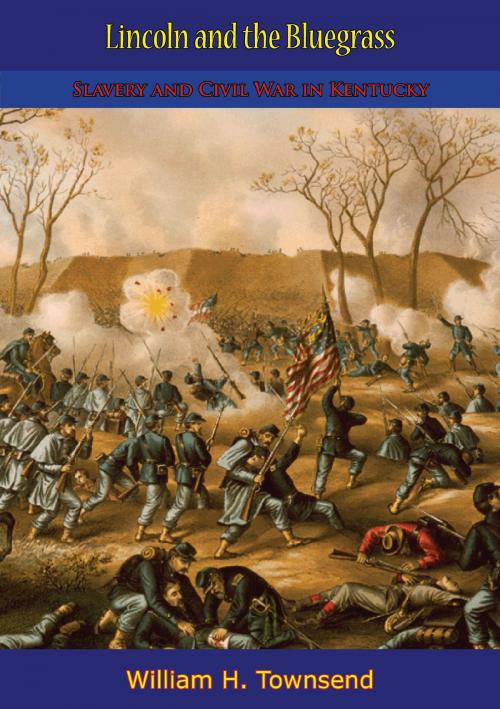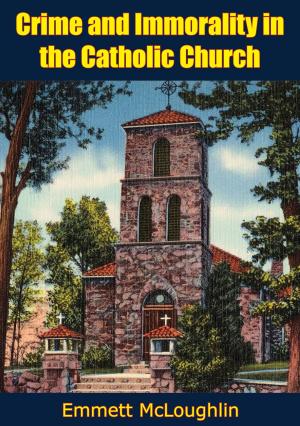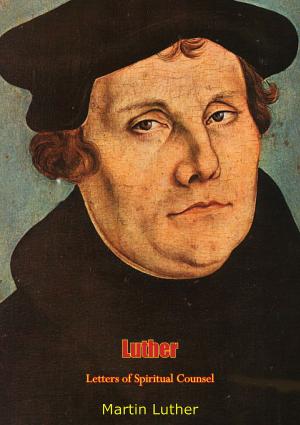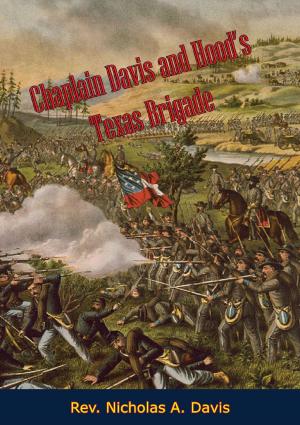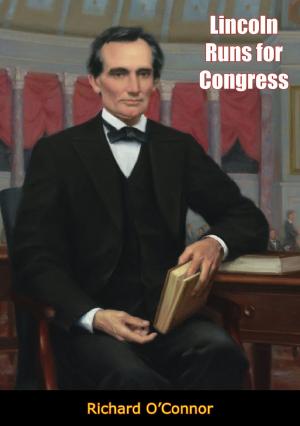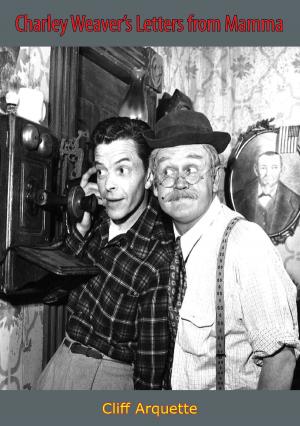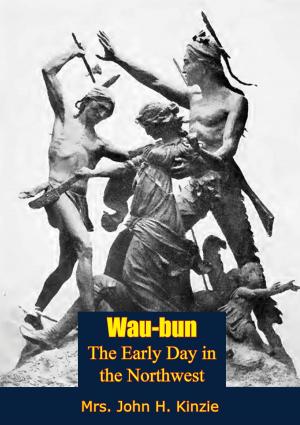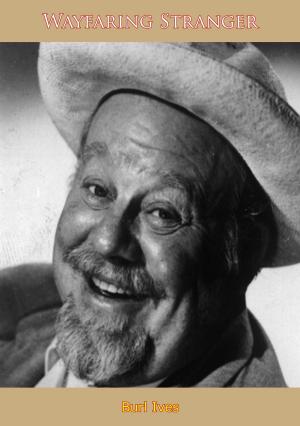Lincoln and the Bluegrass
Slavery and Civil War in Kentucky
Nonfiction, History, Modern, 19th Century, Americas, United States, Civil War Period (1850-1877), Military| Author: | William H. Townsend | ISBN: | 9781789120486 |
| Publisher: | Papamoa Press | Publication: | March 12, 2018 |
| Imprint: | Papamoa Press | Language: | English |
| Author: | William H. Townsend |
| ISBN: | 9781789120486 |
| Publisher: | Papamoa Press |
| Publication: | March 12, 2018 |
| Imprint: | Papamoa Press |
| Language: | English |
THE BLUEGRASS REGION OF KENTUCKY was the only part of the slaveholding South that Abraham Lincoln knew intimately. Even before the young Illinois lawyer had married a daughter of one of Lexington’s leading statesmen, he had taken Robert Todd’s close friend, Henry Clay, as his political idol. Mary Todd, who had grown to young womanhood in Lexington, widened Lincoln’s circle of acquaintances in the Bluegrass to include such diverse personalities as Judge George Robertson, Lincoln’s counsel, who supported emancipation in the abstract but indignantly demanded that the President protect his slave property; the fiery Cassius M. Clay, who urged Lincoln to proclaim immediate emancipation and who raised a motley battalion in Washington, D.C., to defend the Capital; Dr. Robert J. Breckinridge, the doughty Presbyterian minister who refused to ask special treatment for the members of his family in the Confederacy; and the Doctor’s nephew, Vice-President John C. Breckinridge, who rejected a demand that he use his position to thwart Lincoln’s election but immediately took up arms against him.
With the gifted pen that has won praise from so many students of Lincoln and the Civil War, William H. Townsend here describes the fabulous Bluegrass region which had so large a part in shaping Lincoln’s views about emancipation and secession. Lexington, heart of the Bluegrass, had early been called the “Athens of the West,” and the grace and culture of its pleasure-loving aristocracy could hardly have failed to impress any thinking man. Here Lincoln saw the genteel side of slavery—the trusted mammies whose word was law, the valets whose talent for mixing mint juleps was famous—but he also saw the public whipping post, slave jails, and slave auctions, and the disregard for the humanity of the Negro.
THE BLUEGRASS REGION OF KENTUCKY was the only part of the slaveholding South that Abraham Lincoln knew intimately. Even before the young Illinois lawyer had married a daughter of one of Lexington’s leading statesmen, he had taken Robert Todd’s close friend, Henry Clay, as his political idol. Mary Todd, who had grown to young womanhood in Lexington, widened Lincoln’s circle of acquaintances in the Bluegrass to include such diverse personalities as Judge George Robertson, Lincoln’s counsel, who supported emancipation in the abstract but indignantly demanded that the President protect his slave property; the fiery Cassius M. Clay, who urged Lincoln to proclaim immediate emancipation and who raised a motley battalion in Washington, D.C., to defend the Capital; Dr. Robert J. Breckinridge, the doughty Presbyterian minister who refused to ask special treatment for the members of his family in the Confederacy; and the Doctor’s nephew, Vice-President John C. Breckinridge, who rejected a demand that he use his position to thwart Lincoln’s election but immediately took up arms against him.
With the gifted pen that has won praise from so many students of Lincoln and the Civil War, William H. Townsend here describes the fabulous Bluegrass region which had so large a part in shaping Lincoln’s views about emancipation and secession. Lexington, heart of the Bluegrass, had early been called the “Athens of the West,” and the grace and culture of its pleasure-loving aristocracy could hardly have failed to impress any thinking man. Here Lincoln saw the genteel side of slavery—the trusted mammies whose word was law, the valets whose talent for mixing mint juleps was famous—but he also saw the public whipping post, slave jails, and slave auctions, and the disregard for the humanity of the Negro.
